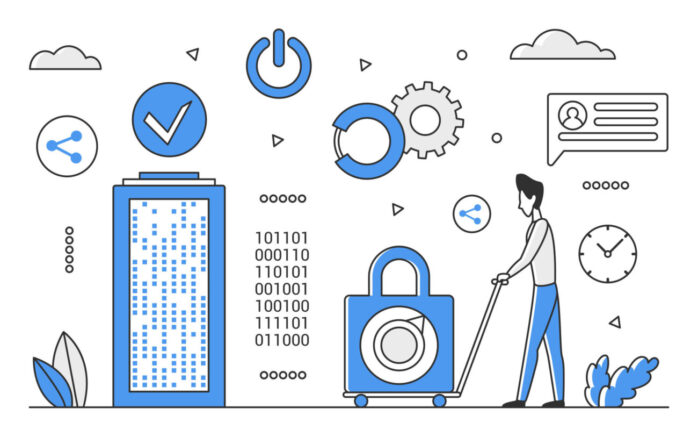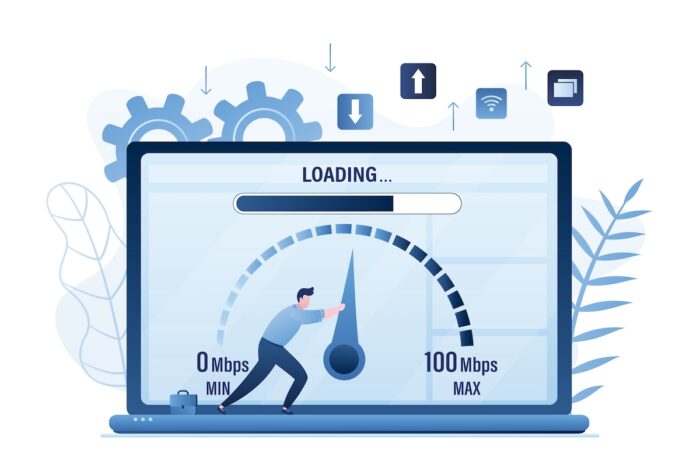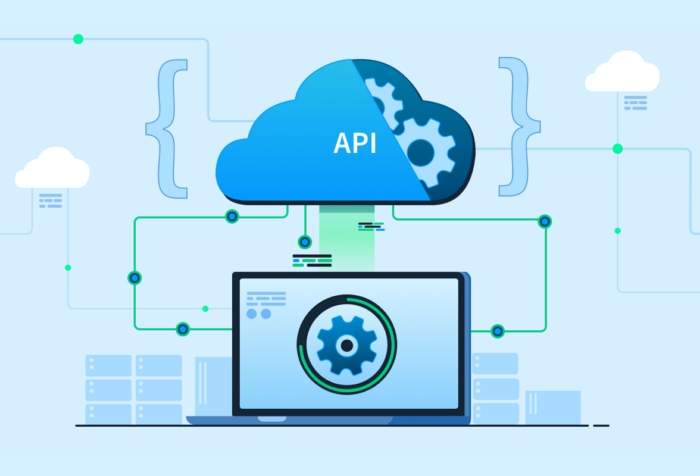
Customers often complain that the release cycle is too long since “classic” performance testing, which involves testing an application end-to-end with a large number of virtual users, must be performed before release. The testing also consumes a substantial amount of human and infrastructure resources (such as computers and software licenses).
In the case of stores and other e-commerce providers, this kind of testing is especially critical before the release of major products or services and before peak shopping seasons. So that they may deploy software updates on schedule while avoiding production issues, they want to know how to make testing less of a bottleneck and instead be “peak performance ready” all the time.
Continuous Performance Testing (CPT) for microservices-based applications requires the flexibility to test and scale each component independently. Today’s cloud-native apps can especially benefit from this. Here is all that you should know about it.

Testing Under Pressure: How Load Testing Solutions Optimize Applications, APIs & Microservices: Top 4 Things You Should Know And Watch Out For
1. What to know about API
APIs have grown in importance recently. Web APIs were initially low-level connections for in-house networks, but that is not the case no more. APIs are the foundation of many online and mobile client apps today. Speed never mattered when APIs were used for administrative tasks like report extraction. APIs have gradually entered the customer-business interface. This increased importance necessitates API efficiency.
If your API data sources are slow, your front-end applications won’t matter. Inconsistent work is bad. In today’s microservices world, when performance is key, client applications likely aggregate data from several APIs. High performance may be the most significant component of an API. We also know that the only way to attain a goal is to choose the correct metrics and measure and tweak your system in modest increments until the targets are met.
Load and stress testing APIs improve their functionality. If you are not that informed about it don’t worry, as we will break it down even further down the article.
2. Who to go for when it comes to load testing: what is the best option

It is crucial to provide a flawless digital experience, and the pressure to foresee potential performance concerns has only increased. New methods of testing, releasing, and recovering from bugs are being implemented by performance testing teams so that they can reliably provide high-performing software. Investing in the right technology to automate testing, identify bottlenecks, monitor production, and quickly fix problems can help your business save time and money without sacrificing quality. Do you need API load testing, or AlertSite for synthetic monitoring to help teams have full visibility into UI and API performance?
If so, that way they can release and recover faster than ever. You should check out load testing with Gatling.io since it is a powerful load-testing solution for applications, APIs, and microservices. From getting started to becoming an expert, the Gatling Academy helps you in your load-testing journey through a series of videos, use cases, and quizzes. See for yourself by giving them a click.
3. What is load testing?
Through load testing, we can see how well a program holds up under conditions of heavy or anticipated use. It measures the responsiveness, scalability, and stability of a system. It is used for any type of work, and in loads of different companies.
If your system is functional, load testing will question, “Does it work at scale?”
Load tests are performed on nearly all apps and websites. They look at the best online shops available. What are you going to achieve with them and who should use them?
- Shopping portal for expensive items
- Government websites that serve the public good
- Online games with several players
- Banking institutions
Load tests are necessary for any system that experiences varying amounts of traffic, requests, or activities. They allow businesses to simulate peak traffic periods like Black Friday, tax season, and major questions on sales in a safe setting before the actual event.
We need to load test a lot of stuff. Manufacturers of tables and chairs put them through rigorous stress tests. Battery voltage is maintained throughout load testing. The ability of cranes to safely lift loads is verified through load testing.
4. The benefit of API load testing

Early performance issue detection, particularly before deployment, has much lower costs than dealing with API unavailability in production. The availability of your site may suffer greatly if your APIs stop functioning as intended. This is due to the possibility that an unexpected API failure could seriously harm the integration’s supporting infrastructure as well as the company’s reputation.
By performing API load testing to find and fix code flaws that lead to subpar performance under both anticipated and unforeseen demand, the cost of failure can be decreased. You’ve probably heard of distributed denial of service (DDoS) attacks, but you may not be aware that unintentional exploitation occurs much more frequently. For example, a programmer using your API in a local app may unintentionally start a loop, causing a torrent of requests that slows down your service. It might even be put to use in real life!
The most effective solution to avoid these problems is to use a rate-limiting approach. By keeping an eye on the number of transactions per second, per IP address, or per token (if each client is authorized before using the API), you can avoid unintentional slowdowns on the order of a distributed denial of service assault (DDoS).
So, where do you stand after reading this article? The truth is that anyone can give it a go with load testing and API performance. We hope that this article has helped you as an individual or as a company and that you’re going to enjoy all the perks of Gatling. Remember all of these tips and tricks, as well as benefits, and thank us later after your business flourishes!






